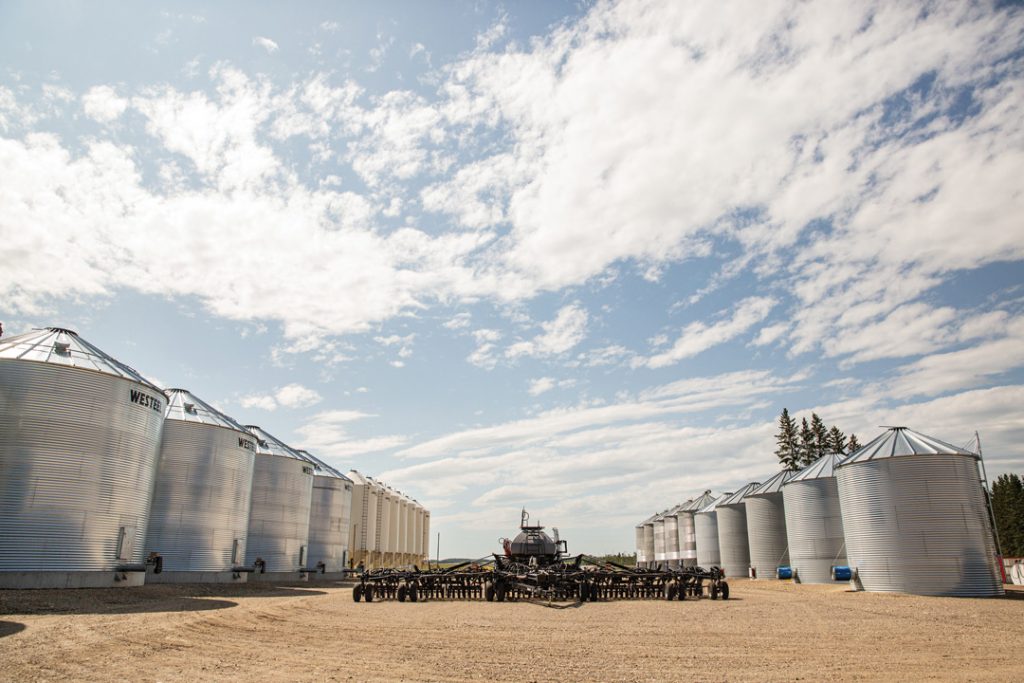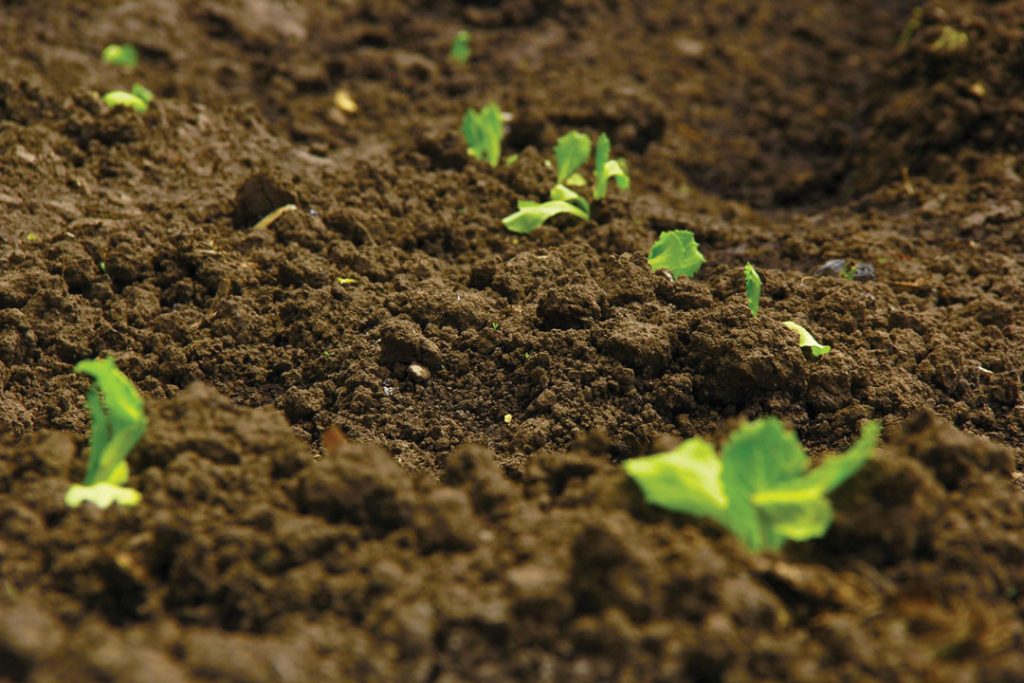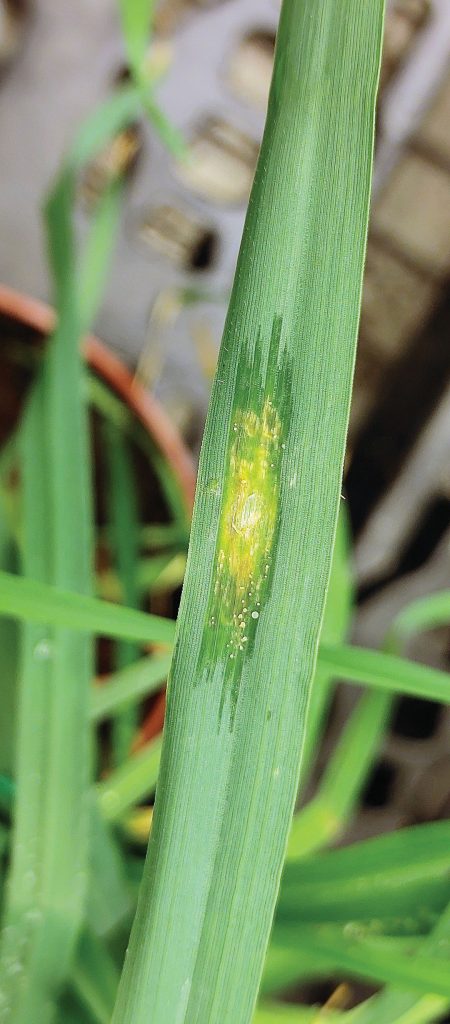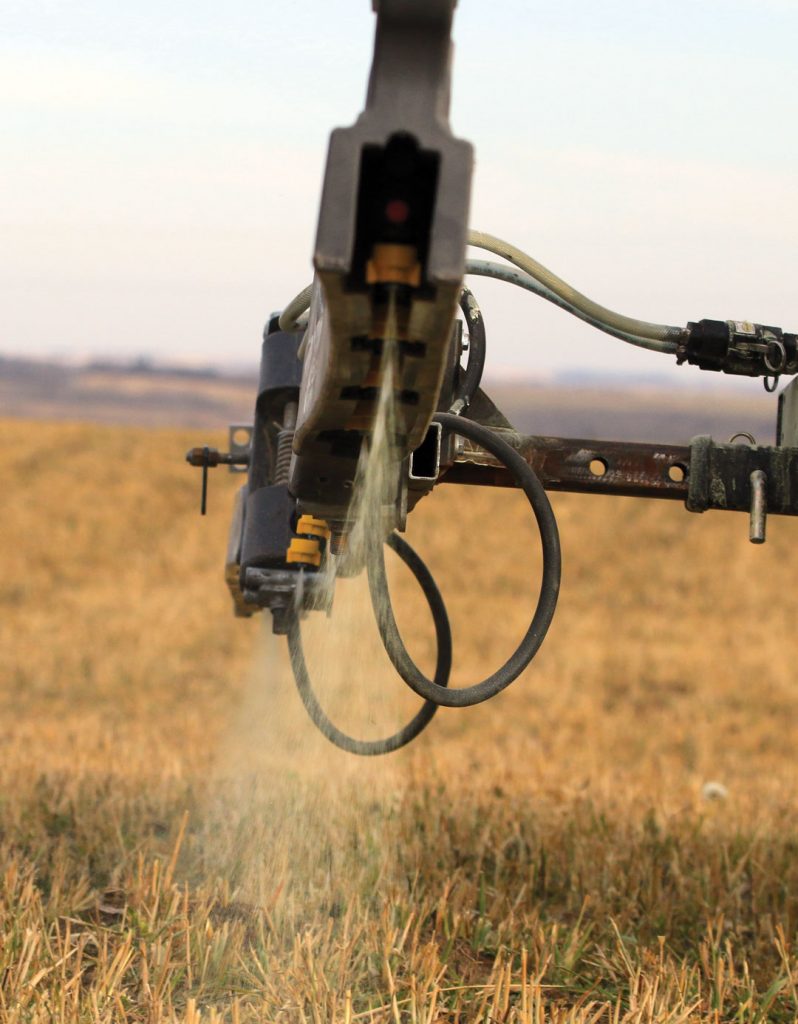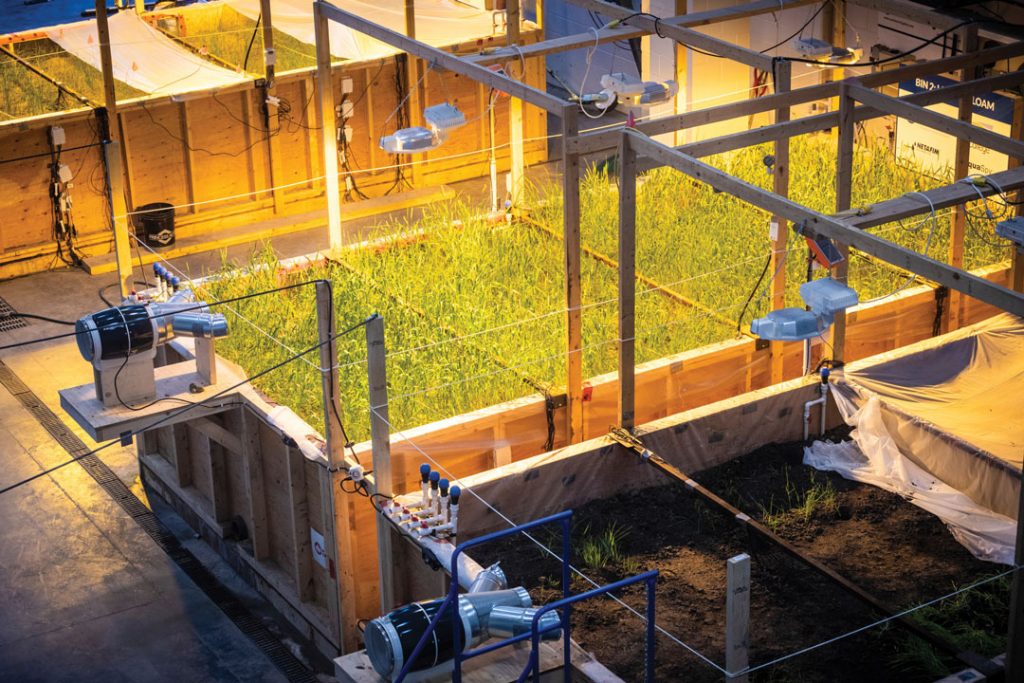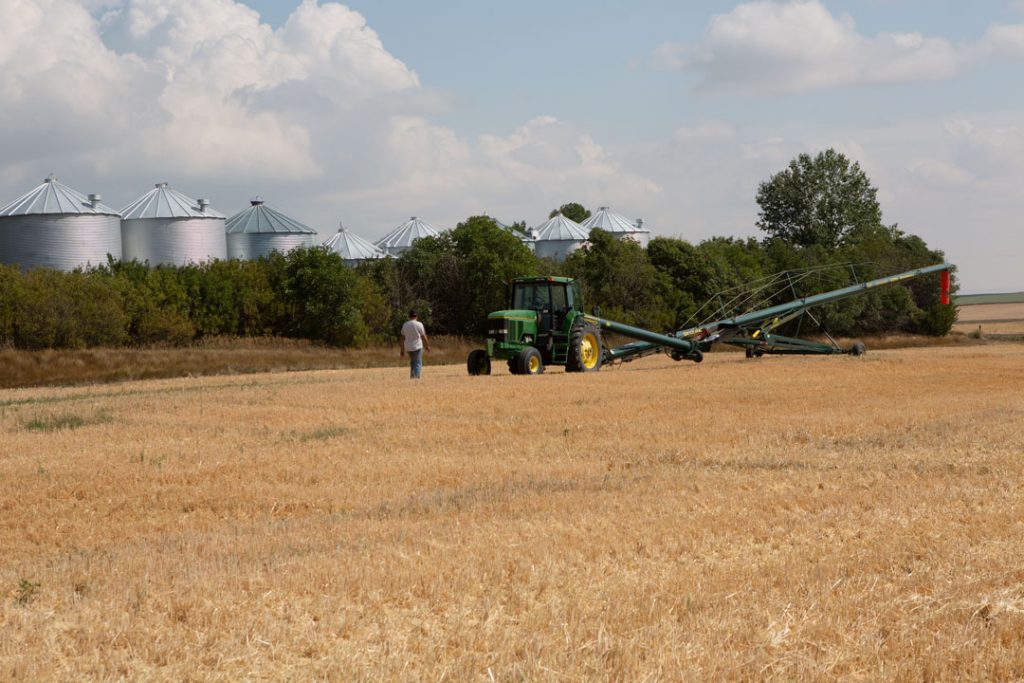DANCE STEPS FOR A SMALLER CARBON FOOTPRINT
The Canadian government has made a substantial commitment to the achievement of its 2030 carbon emission reductions target. In a July submission to the United Nations, the country formally committed to cut greenhouse gas emissions by between 40 and 50 per cent below 2005 levels. This will support the creation of a net-zero emissions economy by 2050. Part of a global push, it is a goal shared by more than 120 countries. In June, it became the nation’s first emissions reduction target to be enshrined in law within the Canadian Net-Zero Emissions Accountability Act.




